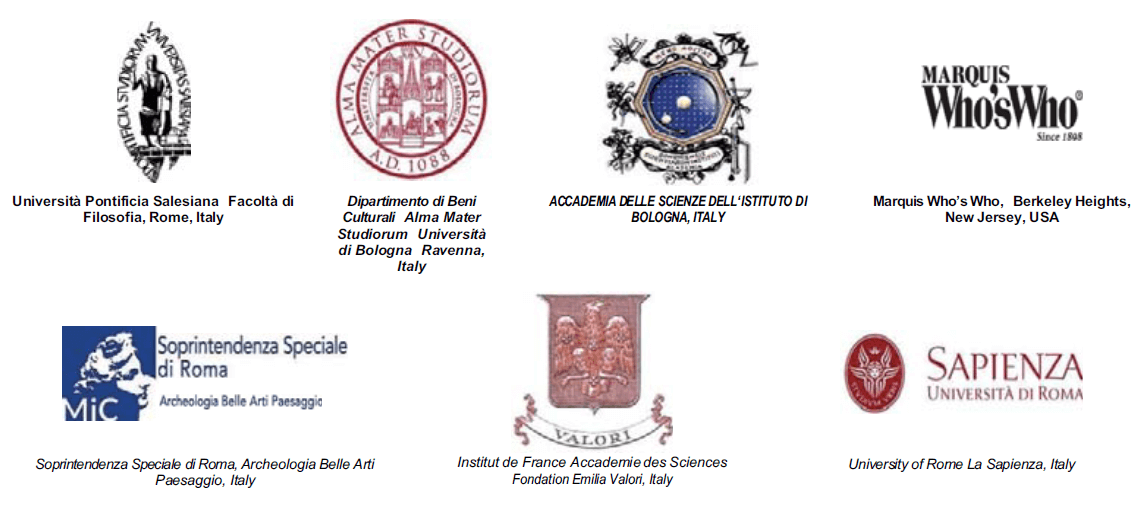Inorganic treatments for the consolidation and protection of stone artefacts
DOI:
https://doi.org/10.6092/issn.1973-9494/1393Abstract
Consolidation and protection are two of the principal kinds of treatments through which the decay of old statues, stone facades, plasters and mural paintings caused by both natural atmospheric agents and, above all in the last five decades, by atmospheric pollution, is faced. The most traditional approach has been and is mainly based on the use of organic polymeric materials. They offer the advantage of easy application procedures and the possibility to obtain, at short times, very satisfying results. Different is their behaviour at long times. Some drawbacks come out over time both under the esthetical point of view as well as to the durability, compatibility and efficacy. Particularly critical is the situation when porous materials and soluble salts - gypsum above all - are simultaneously present. In such a situation inorganic treatments demonstrate to be much more appropriate. They assure durable and compatible results. In the present paper two of the most efficient and appropriate inorganic methods are reviewed in detail: the barium hydroxide method, both as desulfating and consolidating agent, and the ammonium oxalate method as passivating agent, consolidant and as a treatment capable of improving the natural colour contrast of the stone, when it is lost due to decay processes.Downloads
How to Cite
Matteini, M. (2008). Inorganic treatments for the consolidation and protection of stone artefacts. Conservation Science in Cultural Heritage, 8(1), 13–27. https://doi.org/10.6092/issn.1973-9494/1393
Issue
Section
Articles
License
Copyright (c) 2008 Mauro Matteini
Copyrights and publishing rights of all the texts on this journal belong to the respective authors without restrictions. Authors grant the journal right of first publication.
This journal is licensed under a Creative Commons Attribution 4.0 International License (full legal code).
See also our Open Access Policy.






